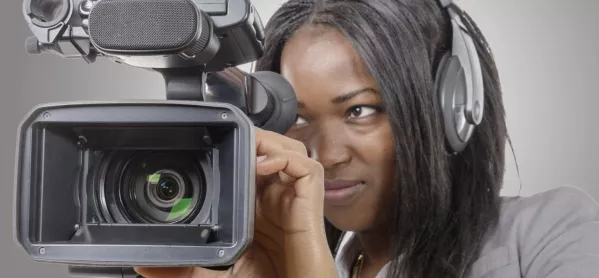What is flipped learning?
Flipped learning turns the traditional classroom approach on its head. The idea is that the “teacher talk” part of the lesson is delivered to students before the lesson begins through reading a text or, more commonly, watching a video. This leaves the teacher free to use classroom time to focus on helping students to apply concepts, rather than on explaining them.
Where did the idea come from?
The approach was pioneered by chemistry teachers Jon Bergmann and Aaron Sams, who built on American philosopher John Dewey’s idea that participation is at the heart of quality learning. Rather than a chalk and talk approach, Dewey believed that we should aim for face-to-face time with students that was centred on them doing the work.
Have these guys ever tried getting homework out of a Year 9 class?
A common misconception of the flipped approach is that it is simply doing homework or watching videos. It’s true that a poor attempt at flipped learning could turn into this, but the approach is really about creating a different learning culture, where students are involved in their education and maximising their time.
Does it require a lot of extra work on the part of the teacher?
It does, although accomplished “flippers” might dispute this. Flipped learning doesn’t always have to involve making videos, but this is the most predominantly used method. For some teachers, this is a new skill they have to learn and it can be time-consuming at first. It’s a big culture change.
What if the students don’t bother to watch my video?
Some won’t, some will. Where flipped learning has been successful, it has been integrated into the school and both the students and teachers have been supported to adapt to the method.
However, we also have to consider the barriers to overcome. Your videos might be brilliant, but your students might not all have access to them. We can’t make sweeping assumptions that every home is equipped with the necessary technology, when we know some students don’t even have a pencil, let alone an internet-ready device.
So, should I give it a go?
This is a tough one. Some suggest that asking students to sit and do the “learning bit” at home detracts from a healthy balance of extracurricular activities, or even just relaxing. Others rave about the change in pace within their actual lessons and the increased engagement from their students. When flipped learning works, it’s brilliant. But it requires commitment, enthusiasm and effort from both sides.
Where can I find out more?
You can see a recent research project here and Bergmann and Samms have tons of work out there. The Flipped Learning Network is also a good start.
The Khan Academy and Hegarty Maths offer ready-made content, or you can start to create your own screencasts using something like Screencast-O-Matic. Although technology-dependent, free tools such as iTunes U and Showbie are brilliant ways to support the flipped approach.
Sarah Wright is a senior lecturer at Edge Hill University. She tweets as @Sarah__wright1
Want to keep up with the latest education news and opinion? Follow TES on Twitter and like TES on Facebook




